Home>Gardening & Outdoor>Landscaping Ideas>What Is The Fake Grass Called
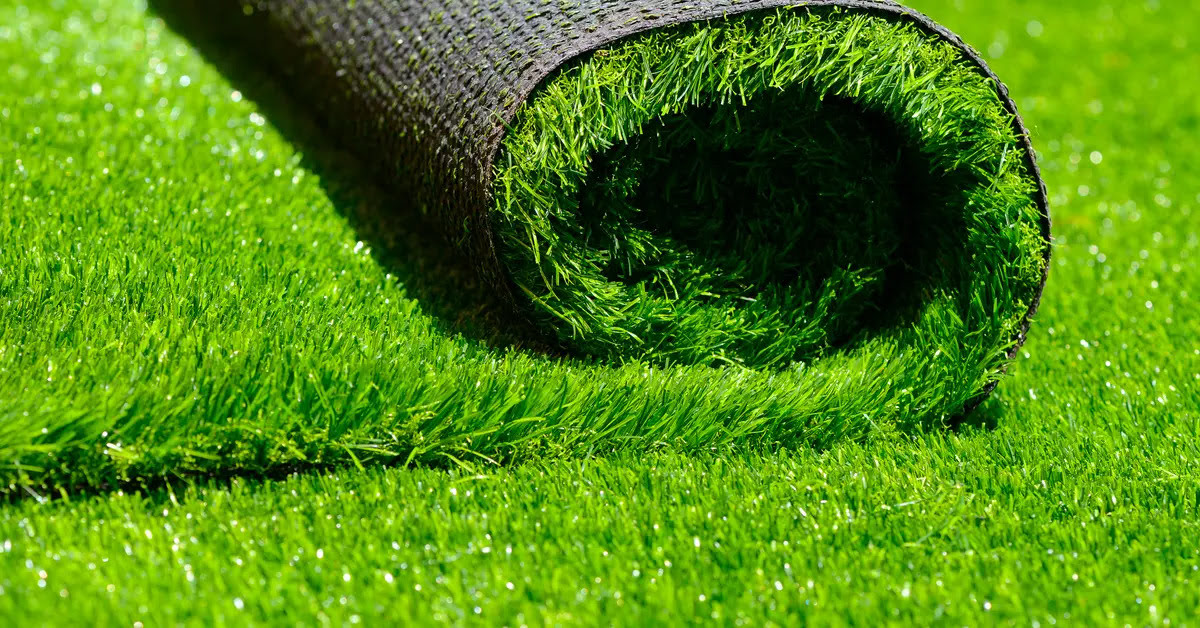

Landscaping Ideas
What Is The Fake Grass Called
Modified: March 2, 2024
Discover the benefits of using fake grass, also known as artificial turf, for your landscaping ideas. Create a low-maintenance and green outdoor space with fake grass.
(Many of the links in this article redirect to a specific reviewed product. Your purchase of these products through affiliate links helps to generate commission for Storables.com, at no extra cost. Learn more)
Introduction
Welcome to the world of artificial grass, where lush green lawns are no longer restricted to the realms of natural turf. Artificial grass, often referred to as fake grass, synthetic turf, or artificial turf, has revolutionized the landscaping industry with its remarkable resemblance to real grass and its myriad of practical benefits. Whether you’re a homeowner looking to transform your backyard into a low-maintenance oasis or a business owner seeking an attractive landscaping solution, fake grass offers a versatile and sustainable alternative to traditional lawns.
In this comprehensive guide, we’ll delve into the history, types, benefits, installation process, maintenance, and environmental impact of fake grass. By the end of this journey, you’ll have a deep understanding of this innovative landscaping solution and how it can elevate the aesthetics and functionality of outdoor spaces while aligning with eco-conscious practices.
Key Takeaways:
- Fake grass, also known as artificial turf, offers a sustainable and low-maintenance alternative to natural lawns, conserving water, reducing chemical usage, and enhancing outdoor aesthetics.
- The history, types, benefits, and environmental impact of fake grass highlight its role in creating vibrant, eco-conscious outdoor spaces that prioritize beauty, functionality, and environmental responsibility.
Read more: What Is Fake Grass Called
History of Fake Grass
The concept of artificial grass dates back to the mid-20th century when it was developed as a synthetic alternative to natural grass for sports fields. The first synthetic turf, known as ChemGrass, was installed in the Astrodome in Houston, Texas, in 1966. This marked a significant milestone in the evolution of artificial grass, as it provided a durable and low-maintenance surface for sports activities, unaffected by weather conditions and heavy use.
Over the years, advancements in technology and materials have transformed the quality and appearance of fake grass, making it virtually indistinguishable from natural grass. Today, artificial turf is not only used in sports arenas but has also gained popularity in residential and commercial landscaping due to its aesthetic appeal and practical advantages.
The development of fake grass has been driven by the need for sustainable landscaping solutions that can withstand diverse climates and usage patterns. As environmental awareness has grown, manufacturers have focused on creating synthetic turf that replicates the look and feel of real grass while conserving water and reducing the need for harmful pesticides and fertilizers.
With ongoing innovations in the field of synthetic turf, the history of fake grass continues to unfold, offering an ever-expanding range of options for creating vibrant, low-maintenance outdoor spaces that enhance the quality of life for homeowners, businesses, and communities.
Types of Fake Grass
Fake grass comes in a variety of types, each designed to suit specific applications and aesthetic preferences. Understanding the different types of artificial turf can help you make an informed decision when choosing the best option for your landscaping needs.
Nylon Artificial Grass
Nylon artificial grass is known for its exceptional durability and resilience. It is well-suited for high-traffic areas and is resistant to abrasion, making it an ideal choice for sports fields and playgrounds. While nylon turf offers excellent performance, it may have a stiffer texture compared to other types of fake grass.
Polyethylene Artificial Grass
Polyethylene artificial grass is prized for its natural look and soft texture, closely resembling real grass. This type of fake grass is popular for residential lawns, landscaping projects, and recreational areas. Polyethylene turf is available in various shades of green and can be customized to achieve specific aesthetic preferences.
Read more: What Is Fake Grass
Polypropylene Artificial Grass
Polypropylene artificial grass is an economical option that provides a realistic appearance and is suitable for light to moderate use. While it may not offer the same level of resilience as nylon or polyethylene turf, polypropylene artificial grass is an attractive choice for decorative purposes and low-traffic areas.
Pile Height and Density
In addition to different materials, fake grass varies in pile height and density, which contribute to its overall appearance and performance. Shorter pile heights are often preferred for high-traffic areas, while longer pile heights can create a lush, luxurious look for residential landscapes. Similarly, higher density turf provides enhanced durability and a fuller appearance, making it suitable for areas with heavy use.
When selecting fake grass, it’s essential to consider the intended use, aesthetic goals, and maintenance requirements to determine the most suitable type for your specific project. With the diverse range of options available, artificial turf offers versatile solutions for creating vibrant, sustainable outdoor spaces that elevate the visual appeal and functionality of residential, commercial, and recreational environments.
Benefits of Fake Grass
Artificial grass offers a multitude of benefits that make it an appealing choice for residential, commercial, and recreational landscapes. From its low-maintenance nature to its environmental advantages, fake grass presents a compelling alternative to traditional lawns. Here are some of the key benefits of artificial turf:
Water Conservation
One of the most significant advantages of fake grass is its ability to conserve water. Unlike natural grass, which requires regular watering to maintain its lush appearance, artificial turf remains green and vibrant without the need for irrigation. This not only reduces water consumption but also contributes to sustainable landscaping practices, especially in regions prone to drought and water restrictions.
Read more: What Is The Best Fake Grass
Low Maintenance
Fake grass eliminates the need for mowing, fertilizing, and applying pesticides, saving both time and money on lawn maintenance. With minimal upkeep requirements, such as occasional rinsing and brushing to remove debris, artificial turf allows homeowners and businesses to enjoy consistently manicured lawns without the labor-intensive tasks associated with natural grass.
Durability and Longevity
Artificial turf is designed to withstand heavy foot traffic, inclement weather, and prolonged sun exposure without fading or deteriorating. Its durable nature makes it an ideal choice for high-traffic areas, sports fields, and playgrounds, offering long-term performance and aesthetic appeal.
All-Season Appeal
Unlike natural grass, which can become patchy and brown during certain seasons, fake grass maintains its lush green appearance year-round. This ensures that outdoor spaces remain inviting and visually appealing regardless of the weather, providing a consistent backdrop for recreational activities and social gatherings.
Environmental Impact
By eliminating the need for chemical fertilizers, herbicides, and gasoline-powered lawn equipment, fake grass contributes to a healthier environment with reduced air and water pollution. Additionally, the conservation of water resources through artificial turf aligns with sustainable landscaping practices, supporting eco-friendly initiatives and reducing the ecological footprint of outdoor spaces.
These benefits collectively position fake grass as a practical and sustainable landscaping solution that enhances the aesthetics, functionality, and environmental responsibility of outdoor environments. Whether it’s for residential lawns, commercial landscapes, or recreational facilities, artificial turf offers a versatile and eco-conscious alternative to natural grass, redefining the concept of modern, low-maintenance landscaping.
Read more: What Are The Rolls Of Grass Called
Installation Process
The installation of fake grass involves several key steps to ensure a seamless and long-lasting result. Whether it’s for a residential backyard, commercial property, or sports field, the following process outlines the fundamental stages of artificial turf installation:
Site Preparation
The first step in the installation process is to prepare the site by removing existing grass, rocks, and debris. This may involve excavating the area to create a smooth, level surface that facilitates proper drainage and a stable foundation for the artificial turf.
Base Construction
Once the site is cleared, a base layer of crushed rock or decomposed granite is spread and compacted to establish a solid foundation for the fake grass. This base layer promotes drainage and prevents the formation of uneven spots, ensuring a consistent surface for the turf installation.
Turf Placement
The artificial turf is carefully positioned and trimmed to fit the designated area, taking into account any specific patterns or designs. Seams are meticulously joined, and the edges are secured to create a seamless and natural-looking surface that aligns with the intended layout and aesthetic goals.
Read more: What Is The Grass On The Beach Called
Infill Application
After the turf is in place, an infill material, such as silica sand or rubber granules, is spread across the surface and brushed into the turf fibers. Infill helps support the blades, maintain the turf’s shape, and provide cushioning for activities. It also aids in drainage and enhances the overall stability of the artificial grass.
Final Touches
Once the turf and infill are in position, the installation process is finalized by brushing and grooming the artificial grass to achieve a natural appearance and uniform texture. Any additional adjustments or enhancements are made to ensure that the final result meets the desired specifications and quality standards.
It’s important to note that artificial turf installation may involve variations based on specific project requirements and the type of synthetic turf being used. Professional installation by experienced contractors is recommended to ensure the proper execution of each stage and the long-term performance of the artificial grass.
By following a systematic and thorough installation process, artificial turf can seamlessly transform outdoor spaces into vibrant, low-maintenance landscapes that offer enduring beauty and functionality for various residential, commercial, and recreational applications.
Maintenance of Fake Grass
One of the primary appeals of fake grass is its minimal maintenance requirements compared to natural turf. However, to ensure the longevity and optimal performance of artificial turf, regular maintenance practices are essential. By incorporating simple upkeep routines, homeowners, businesses, and facility managers can preserve the appearance and functionality of their fake grass over time.
Regular Cleaning
Periodic cleaning is crucial to remove debris, dirt, and organic matter that may accumulate on the surface of the fake grass. This can be achieved through light brushing with a synthetic turf broom or a leaf blower to maintain the turf’s aesthetic appeal and prevent compaction of the infill material.
Read more: What Goes Under Fake Grass
Stain and Odor Management
In the event of spills, pet waste, or other stains on the artificial turf, prompt cleaning with a mild detergent and water can effectively address the issue. Additionally, the use of pet-specific artificial turf cleaners can help manage odors and maintain a fresh and hygienic outdoor environment.
Infill Redistribution
Over time, the infill material within the fake grass may settle or become uneven due to foot traffic and natural elements. Periodically redistributing the infill with a rake or broom can help maintain the turf’s resilience, support the fibers, and ensure consistent coverage across the surface.
Weed and Moss Prevention
While fake grass naturally discourages weed growth, occasional inspection and manual removal of any stray weeds or moss can prevent them from taking root and affecting the appearance of the turf. This proactive approach helps preserve the pristine look of the artificial lawn.
Professional Maintenance
Engaging professional artificial turf maintenance services, such as deep cleaning, infill replenishment, and fiber rejuvenation, can further enhance the longevity and performance of fake grass. These specialized services are designed to address deeper cleaning and revitalization needs, ensuring that the artificial turf remains vibrant and resilient over time.
By incorporating these maintenance practices into a routine care regimen, the aesthetic and functional benefits of fake grass can be preserved, allowing homeowners, businesses, and recreational facilities to enjoy vibrant, low-maintenance landscapes that elevate outdoor living and leisure experiences.
Read more: What Is An Indoor Patio Called
Environmental Impact of Fake Grass
Artificial grass has garnered attention for its potential environmental impact, particularly in the context of water conservation, chemical usage, and overall sustainability. Understanding the ecological implications of fake grass is essential for evaluating its role in sustainable landscaping practices and environmental stewardship.
Water Conservation
One of the most significant environmental benefits of fake grass is its capacity to conserve water. Natural grass lawns require substantial irrigation to maintain their lush appearance, contributing to significant water consumption, particularly in arid regions and during dry seasons. Artificial turf eliminates the need for regular watering, reducing overall water usage and alleviating the strain on local water resources.
Reduced Chemical Usage
Maintaining natural grass often involves the application of chemical fertilizers, herbicides, and pesticides to manage weed growth, pests, and lawn health. These chemicals can leach into the soil and water systems, posing environmental risks. By opting for fake grass, the reliance on chemical treatments is eliminated, promoting a healthier and more ecologically balanced outdoor environment.
Minimized Air and Noise Pollution
The maintenance of traditional lawn equipment, such as gas-powered mowers and trimmers, contributes to air and noise pollution. In contrast, fake grass requires minimal upkeep and eliminates the use of gas-powered machinery, leading to reduced emissions and noise disturbances in residential and commercial areas.
Read more: What Is A Patio Cover Called
Recyclability and Longevity
Many modern artificial turf products are designed with recyclable materials and are engineered for long-term durability. This promotes a sustainable lifecycle for fake grass, allowing for the potential reuse and repurposing of materials at the end of the turf’s lifespan, thereby reducing waste and environmental impact.
Heat Island Mitigation
In urban and built environments, artificial turf can contribute to mitigating heat islands by providing a cooler surface compared to traditional hardscapes. This can help moderate local temperatures and reduce energy consumption for cooling, particularly in outdoor recreational areas and urban landscapes.
By considering these environmental factors, it becomes evident that fake grass offers a range of ecological benefits that align with sustainable landscaping practices. From water conservation and reduced chemical usage to its potential for recyclability and heat island mitigation, artificial turf presents a compelling case for enhancing outdoor spaces while promoting environmental responsibility and resilience.
Conclusion
Artificial grass, with its rich history, diverse types, and numerous benefits, has emerged as a transformative landscaping solution that transcends traditional notions of outdoor aesthetics and maintenance. The evolution of fake grass from its early applications in sports fields to its widespread use in residential, commercial, and recreational settings reflects a paradigm shift in sustainable landscaping practices and environmental consciousness.
As homeowners, businesses, and communities seek versatile and eco-conscious alternatives to natural turf, the appeal of fake grass lies in its ability to deliver lush, low-maintenance landscapes that align with modern lifestyle demands and environmental imperatives. From water conservation and minimized chemical usage to its longevity and recyclability, artificial turf embodies a holistic approach to outdoor living that prioritizes aesthetic appeal, functionality, and ecological responsibility.
Moreover, the installation and maintenance of fake grass have been refined to ensure seamless integration and enduring performance, offering a practical and enduring solution for vibrant outdoor environments. Whether it’s creating inviting residential lawns, enhancing commercial landscapes, or optimizing recreational facilities, artificial turf has redefined the possibilities of modern outdoor design and management.
By embracing the environmental impact of fake grass as a catalyst for sustainable practices, communities can cultivate vibrant outdoor spaces that enrich lives, conserve resources, and contribute to a healthier planet. The versatility, durability, and eco-conscious attributes of artificial turf position it as a cornerstone of contemporary landscaping, offering a compelling synthesis of beauty, functionality, and environmental stewardship.
In conclusion, the journey through the realm of fake grass unveils a landscape of innovation, sustainability, and transformative potential. As we continue to embrace the evolution of outdoor environments, artificial grass stands as a testament to the harmonious coexistence of human ingenuity and ecological mindfulness, shaping landscapes that inspire, endure, and thrive in harmony with nature.
Frequently Asked Questions about What Is The Fake Grass Called
Was this page helpful?
At Storables.com, we guarantee accurate and reliable information. Our content, validated by Expert Board Contributors, is crafted following stringent Editorial Policies. We're committed to providing you with well-researched, expert-backed insights for all your informational needs.
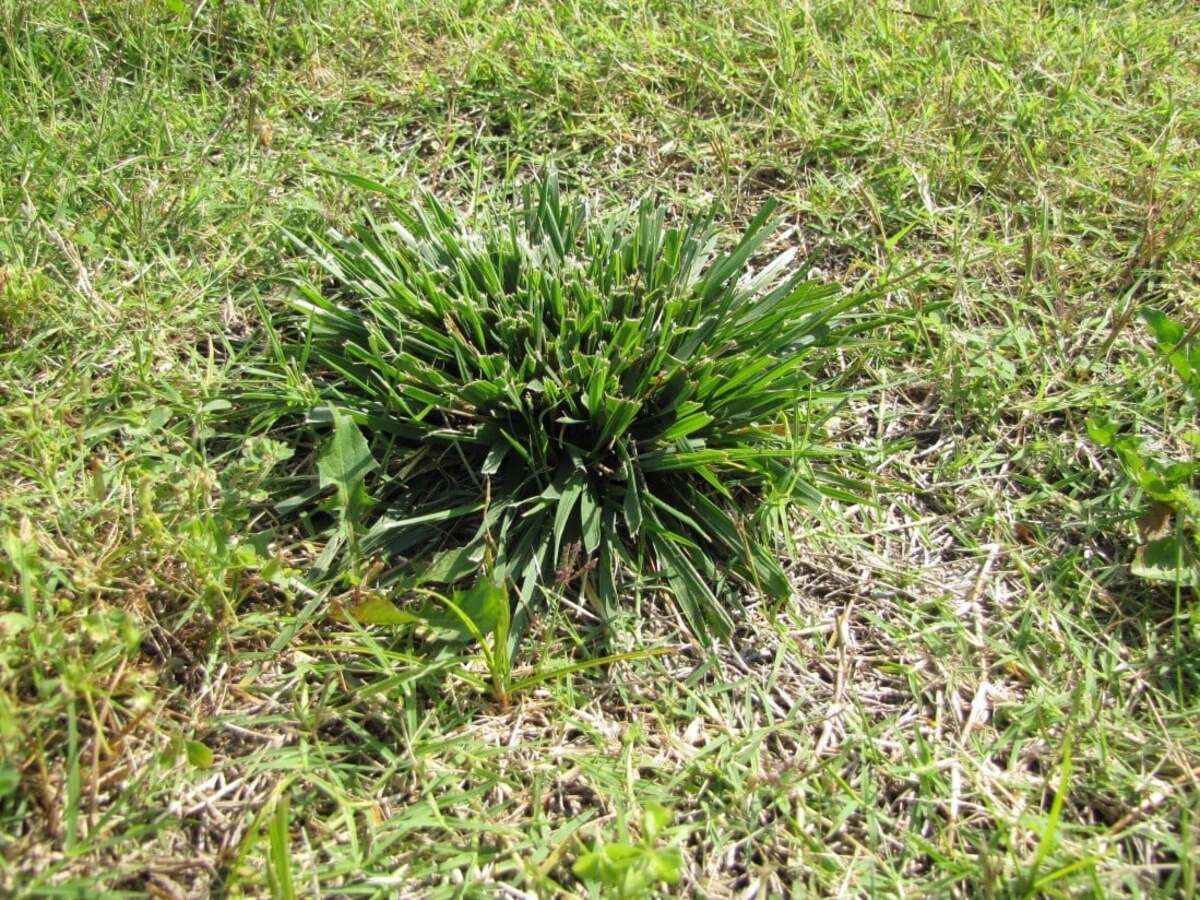
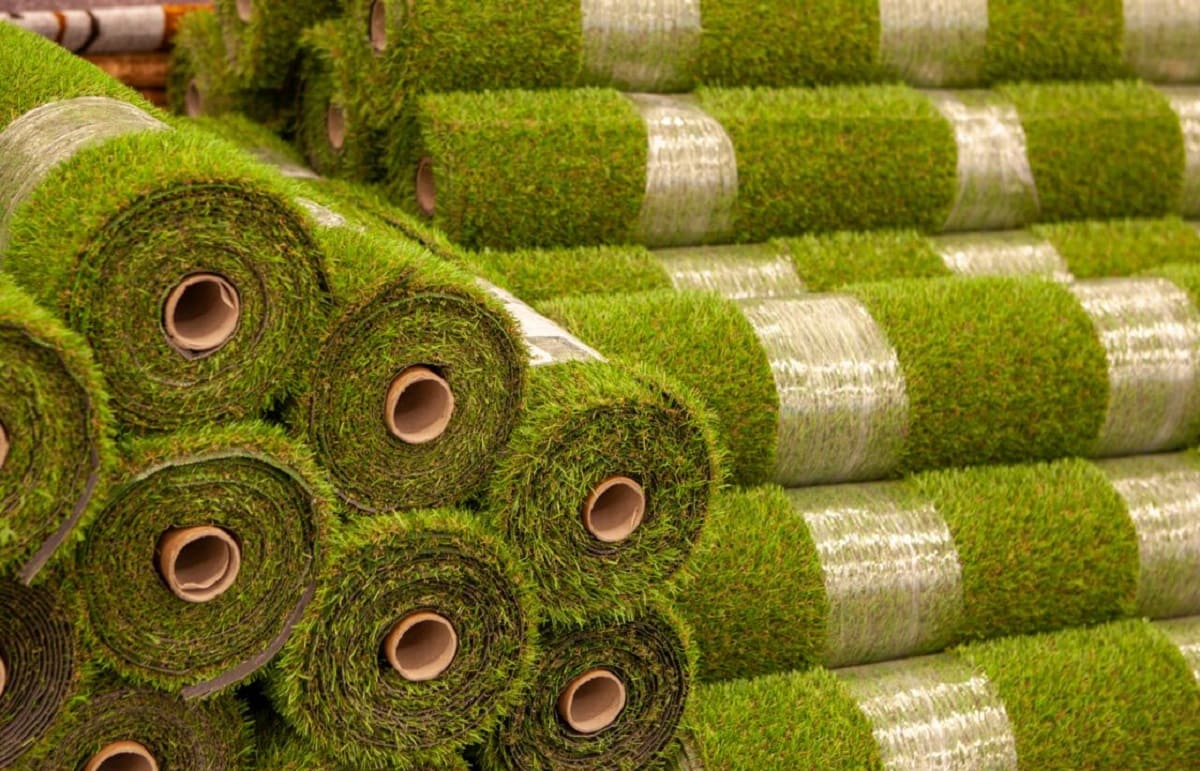
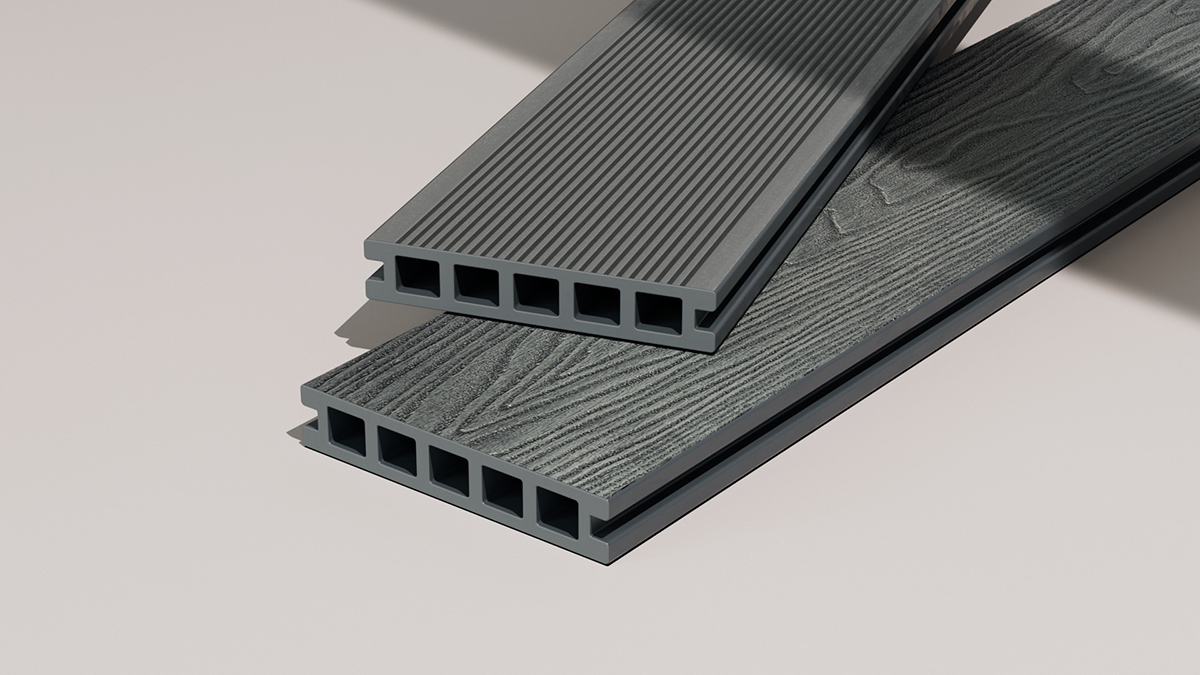
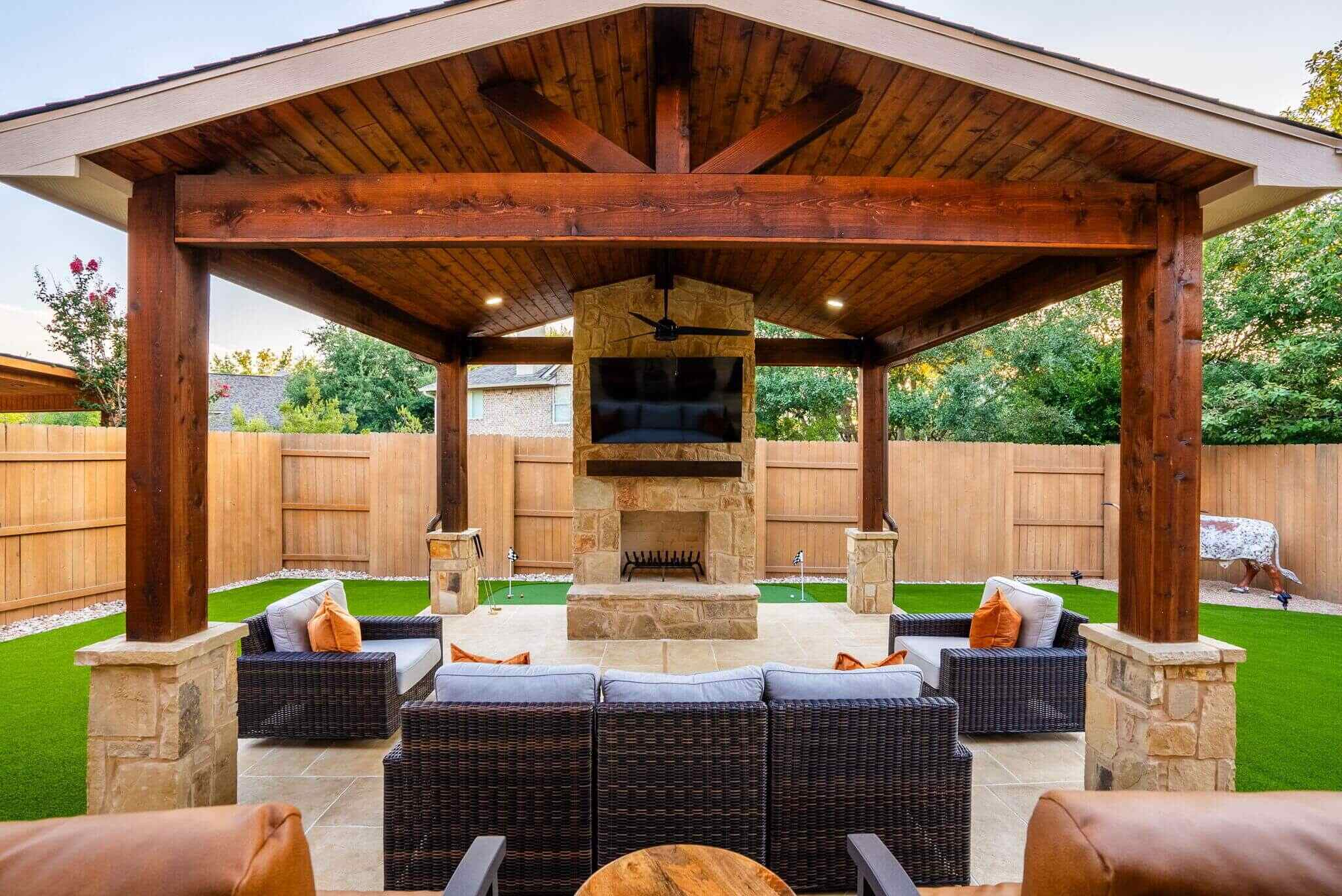
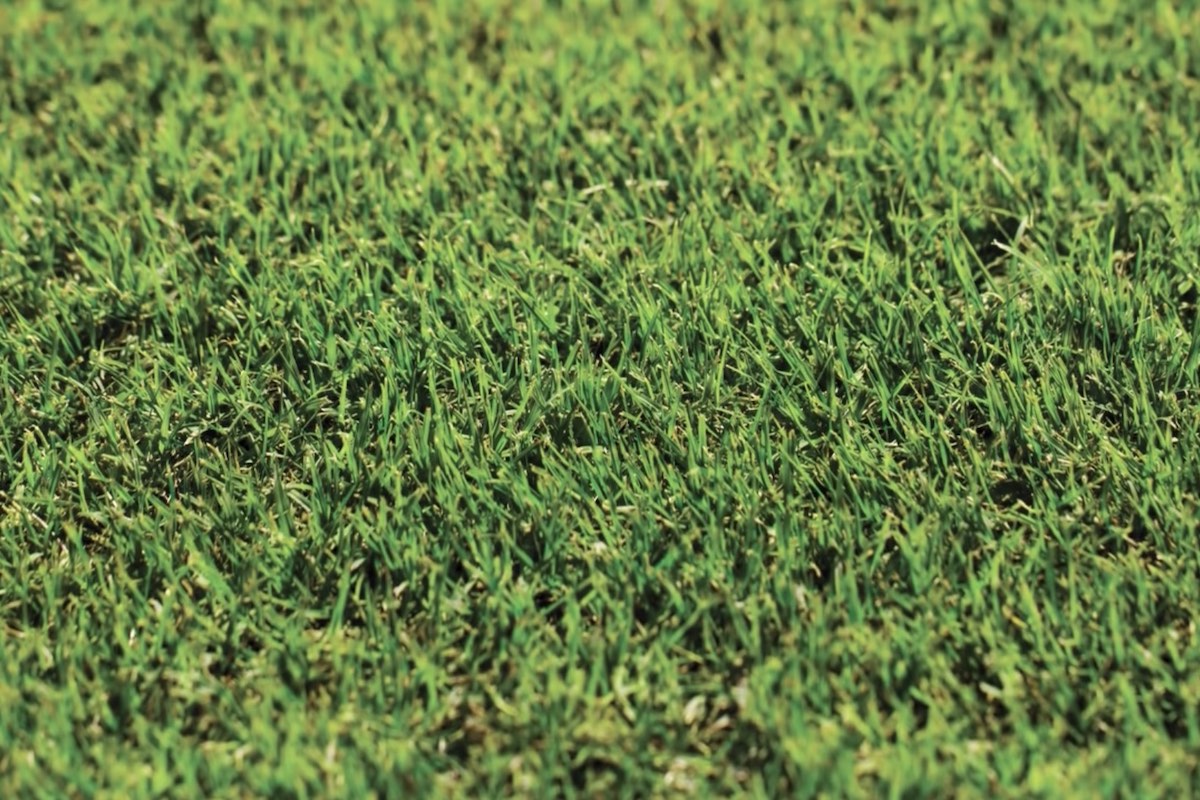
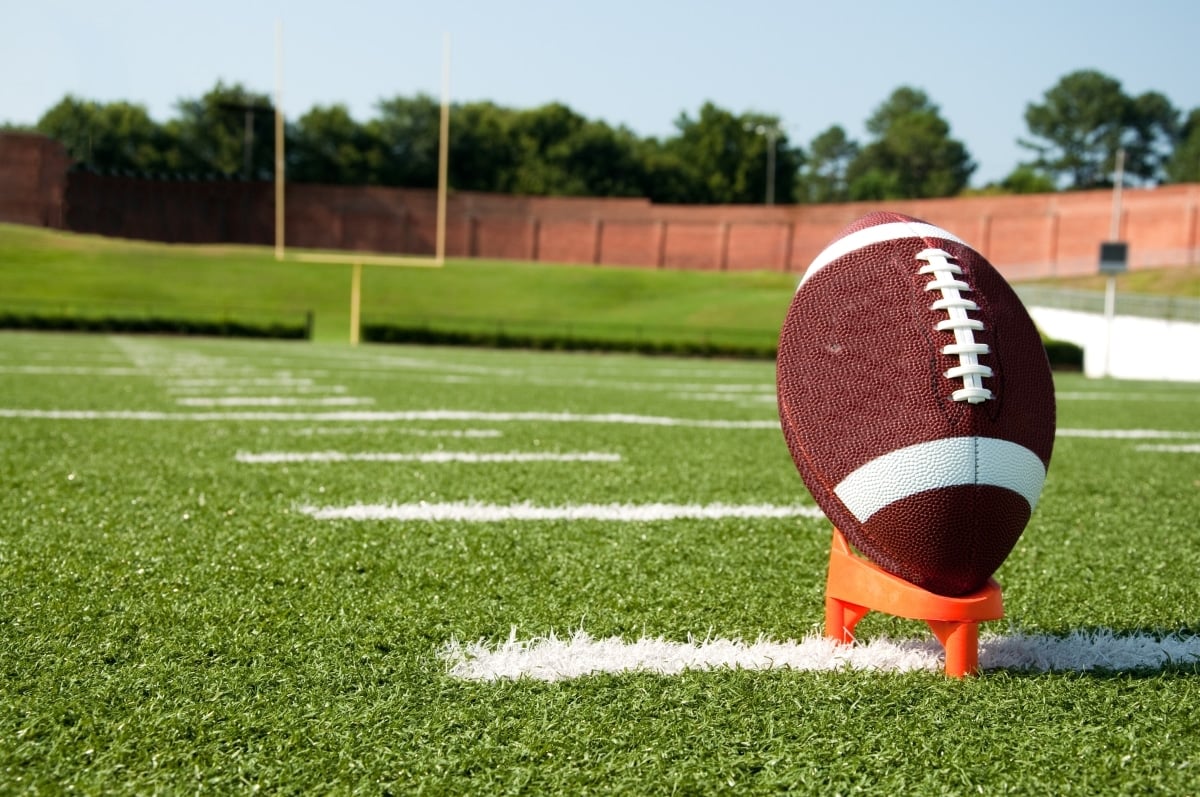
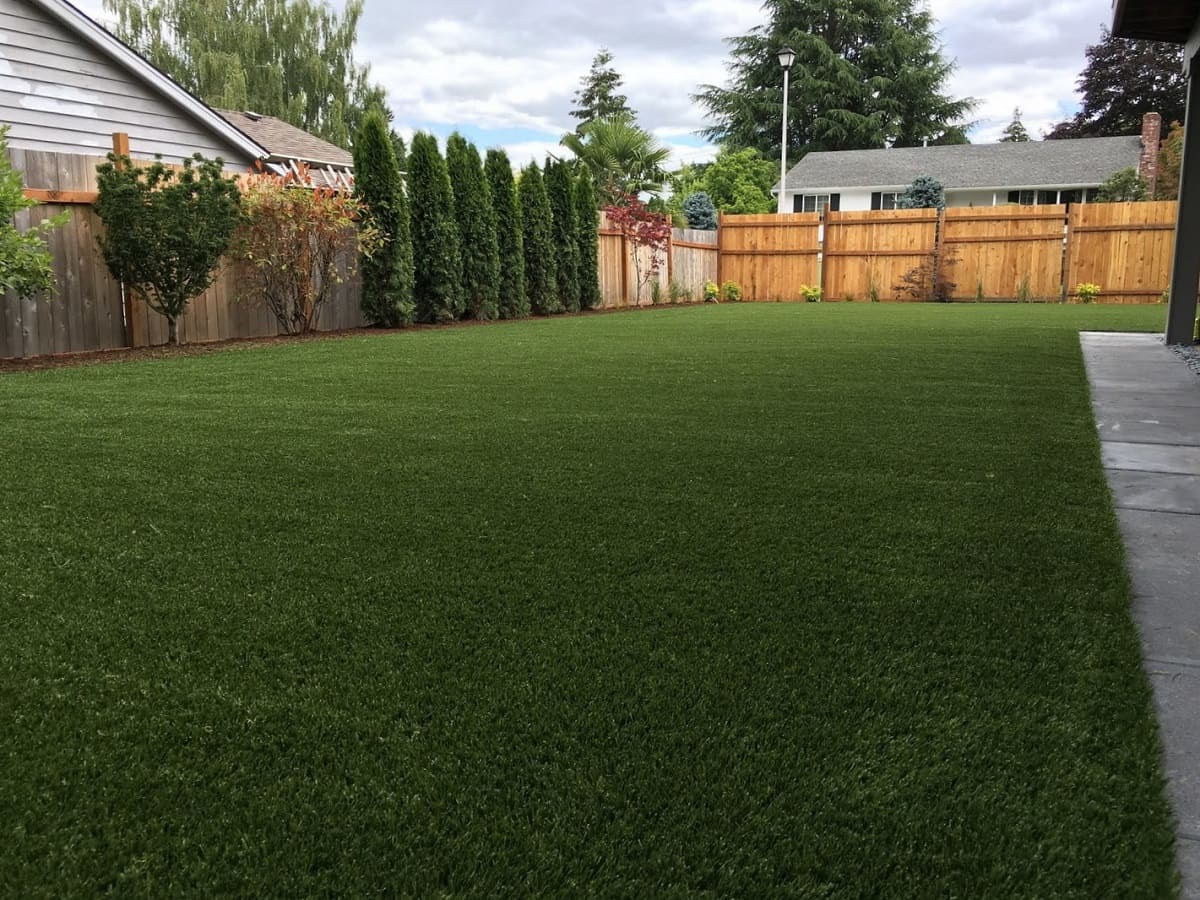
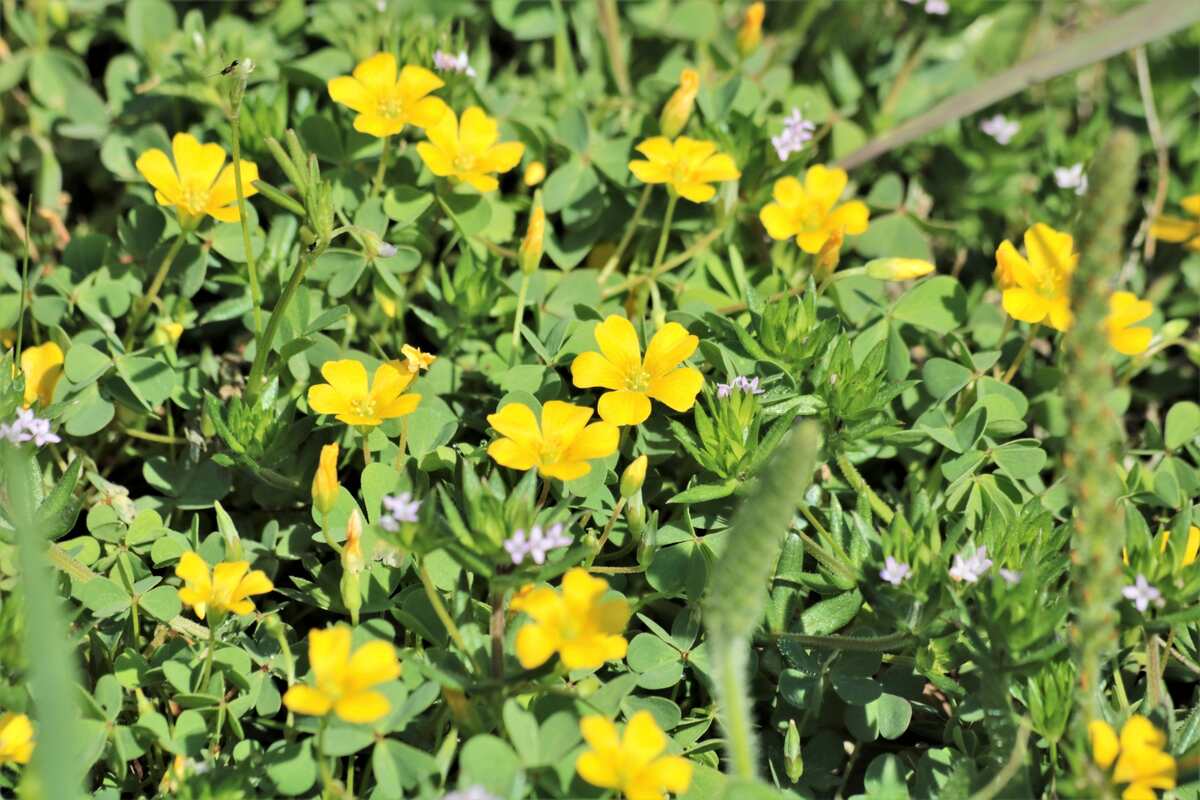

0 thoughts on “What Is The Fake Grass Called”